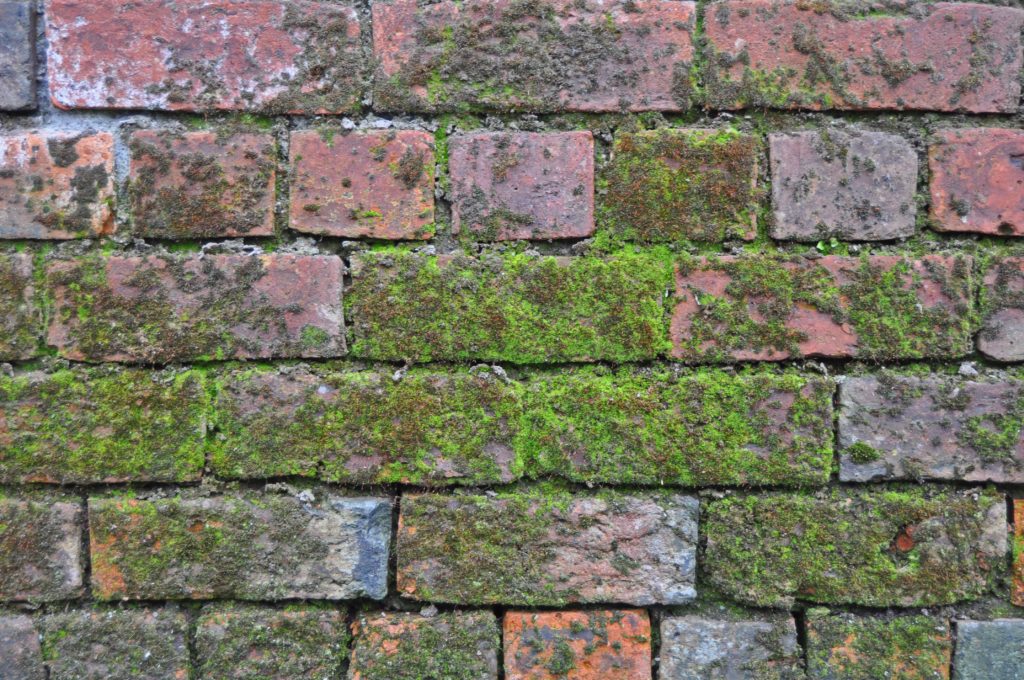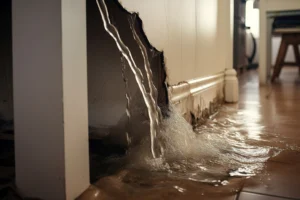What Causes Wet Foundation Walls

In the construction of a home, footer drains and waterproofing paint are applied to the outside of the house. The purpose of this is to direct water away from the foundation so that it does not damage it. It is common for this to be done incorrectly or insufficiently a lot of the time. Paints containing tar are thinly sprayed on the surface and are called waterproofing paints. Drains for footers are installed above the footer, so the gravel base that was installed is not utilized by the drainage system for the footers. The footer drains end in the dirt as opposed to daylight when they terminate. There would not be as much need for companies like Dry Master of New Jersey to be needed if as much attention was paid to the foundation as to the kitchen.
Due to these installation methods, many crawl spaces and basements eventually become saturated with water as a result of these methods. In most cases, water enters the building through the foundation wall and seeps into the space. It is also possible for water to enter from below as the water table rises as well. There is no doubt in my mind that water will always flow downhill and take the path of least resistance. There is usually a dirt floor inside your crawl space because the level of the dirt is lower than the level of the dirt outside your crawl space.
The Problem with Wet Foundation Walls
A wet foundation wall can also lead to another problem that arises from it. It is true that they are signs of flooding that can allow water to enter the crawl space as a result of the flooding. As well as being a source of moisture, they are also a source of heat. Water is more likely to travel to the air side of the crawl space as the wall fills up with water as the crawl space fills up with water. There is a possibility that the water can evaporate as it enters the crawl space through the foundation wall. This source generates a high level of humidity, which can cause condensation, mold, and wood rot fungus to grow.
How to Fix Wet Crawl Space Walls
In order for the problem to be solved, all the soil on the outside of the foundation wall must be removed and the wall must be properly waterproofed. Due to the high cost of doing this, most homeowners will choose to install a waterproofing system and encapsulation instead. It is recommended that you apply a vapor barrier to the foundation walls to slow down the evaporation process. In addition to this, floodwaters will also be directed into the water management system as a result of this. It is still possible for moisture to enter the crawl space and this can be remedied with the use of a crawl space dehumidifier. Water that is standing in the water management system will be pushed to the outside by the sump pump. In most cases, a crawl space that is wet requires multiple systems to work together in order to ensure that the crawl space remains dry all year long.
What Next?
Are you looking for help with mold removal, crawl space encapsulation, crawl space insulation, vapor barrier, waterproofing, or controlling humidity in your crawl space in New Jersey? We would be happy to schedule an assessment for you if that is the case.
You can contact us if you need help repairing the drainage in your crawl space or yard by clicking here.



